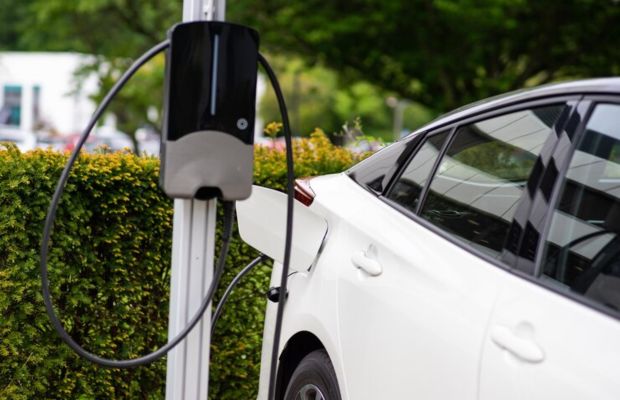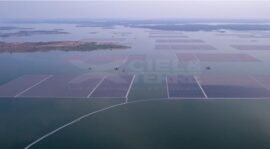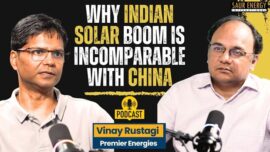Highlights :
-
IEA report estimated that almost 1 million electric three-wheelers (3Ws) were sold in 2023, reflecting 30% growth compared to 2022. It found the market to be highly concentrated, within China and India which together accounted for more than 95% of all-electric and 80% of conventional 3W sales.
 Ferrari Commissions New Plant To Manufacture EVs, Hybrid Cars
Ferrari Commissions New Plant To Manufacture EVs, Hybrid Cars International Energy Agency (IEA) in its ‘Global EV Outlook’ report found a rise in the global share of the three-wheeler (3W) market by 13% in 2023 to reach 4.5 million sales. The report found three-wheeler electric vehicles composed a 21% share compared to 18% in 2022.
IEA report estimated that almost 1 million electric three-wheelers (3Ws) were sold in 2023, reflecting 30% growth compared to 2022. It found the market to be highly concentrated, within China and India which together accounted for more than 95% of all-electric and 80% of conventional 3W sales.
Studies showed that India overtook China in 2023 to become the biggest market for electric 3Ws, with over 580,000 sales. With this, India reportedly saw its sales increase by 65% concerning 2022, due to government financial incentives and associated reductions in the cost of ownership of electric 3Ws. Reportedly, sales in China declined 8% in 2023, to 320 000, making the country the second-largest electric 3W market.
The IEA study evaluated and found that the Chinese market continues to have a high share of lead-acid batteries in sales, despite government efforts to ban this technology in low-speed EVs and encourage a transition towards Li-ion technology. It accredits this movement to environmental concerns associated with the afterlife of lead-acid batteries when not recycled properly.
The study associated the sales of these batteries with their low upfront purchase price, lead-acid battery-powered electric 3Ws remain a widespread transport technology across India and rural China. In India, estimates of their market share range from 55% to 98%. However, Li-ion batteries are expected to continue gaining ground in the Indian 3W market following the introduction of the 2024 EMPS subsidy scheme, which specifically aims to reduce the purchase price of models equipped with advanced battery chemistries.
The report identified, “2023 in India, despite the upfront price being 55% higher than for its gasoline equivalent, the average electric 3W model (auto-rickshaw) is more than 50% cheaper to own after 8 years of service, and even without subsidies is over 40% cheaper. Even when considering the most cost-effective Internal Combustion Engine (ICE) 3W running on natural gas, the electric model achieves TCO parity as soon as 2 years after purchase and works out about 40% cheaper over an 8-year lifetime. However, subsidies still play an important role, as without them, the TCO breakeven point is only reached after 4 years.”
The report shed light on the support given by ongoing initiatives for electric truck adoption in EMDEs outside of China. In India, NITI Aayog reportedly launched the Electric Freight Accelerator for Sustainable Transport, a platform for collaboration between the government and private sector partners for large-scale freight electrification. This initiative has reportedly spurred 16 major manufacturing and logistics companies to collectively signal demand for 7,750 electric freight vehicles by 2030. To meet this demand, focused efforts are required on policy regulation, establishing market certainty, scalable pilot support, infrastructure development, and creating blended financing platforms to attract private investments.
It suggested, “Manufacturers in the rest of the world have not responded to the electric HDV opportunity in the same way, mirroring the slower uptake of electric HDVs to date and fewer supportive policies than in leading electric HDV markets. Of the OEMs outside of China, North America, and Europe, nine produce models in the bus segment alone, with India’s Tata Motors producing both buses and MD trucks. Korean OEM Hyundai produces only FCEV HDVs, while only three Japanese OEMs feature in the database.”
This means that developing markets are increasingly recognizing the importance of EVSE, such as India, which provided funding for over 7,000 fast chargers in 2023.



























